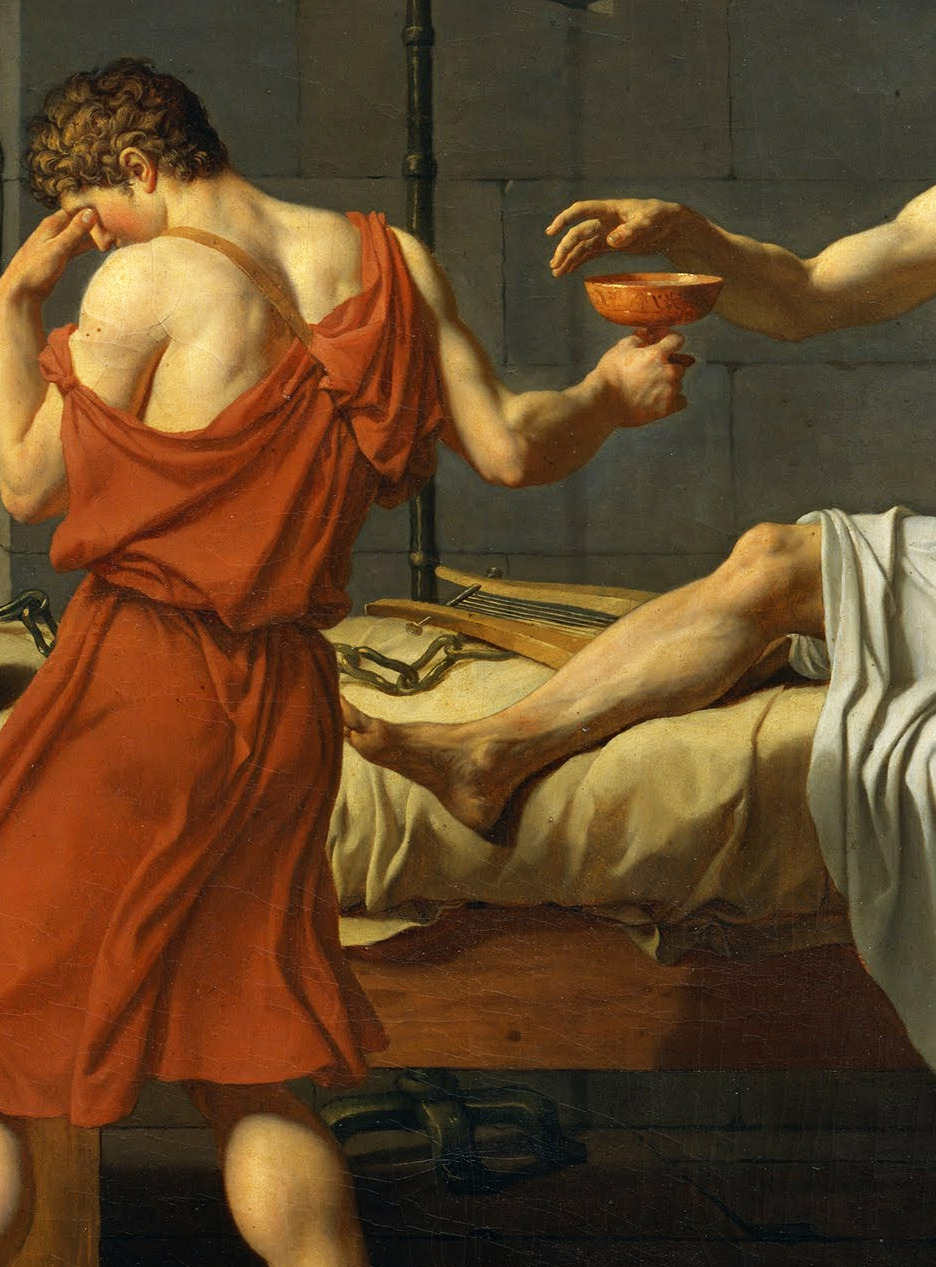
What if Christianity actually looked like Jesus? I don't just mean the church or people. What if God looked like Jesus? What if the religion constructed in the name of Jesus looked like the humble peasant from Nazareth?
First of all, as a religion, Christianity would be diametrically opposed to the triumphalism of fundamentalist religion. Why? Jesus was not a triumphalist. Jesus didn't try to force his enemies to convert to his way. He embodied it and was willingly crucified for it.
Would Christianity be willing to undergo crucifixion for the way of Jesus?
What if Christianity was more concerned with embodying the emancipating way of Jesus than making its own name great? Jesus wasn't concerned with making his name great. He was concerned with inviting people into the way he embodied in his life, the way that leads us to the loving Father of creation and into the heart of reality.
Jesus invited people into a gracious understanding of reality, a view of the universe not as indifferent but as a relational cosmos grounded in the love that is the subsurface unity of reality.
Jesus was more concerned with the well-being of humanity and creation than his own life.
Christianity must take up its cross and incarnate the cruciformity of Christ.
The truth of Christianity is not propositional but relational and contextual, not abstract but operational.
Jesus was the truth not through his words but his actions.
The truth of Christianity must be contextualized through incarnation in the life of the one who would follow Jesus. In this way, Christianity may actually look like Jesus.
What if Christianity was more concerned with the well-being of the world than its own survival? If we seek first the kingdom of God then maybe, just maybe, Christianity will be added to us. But we first have to give up our triumphalistic notions of a God who loves and cares more for Christians than everyone else. And who knows, perhaps we will realize with the kingdom that we no longer need Christianity.
Perhaps upon seeing the kingdom we will realize that as a temporary vocation for the children of God in human history, Christianity is over, and that the goodness harbored within its event has been resurrected into our material reality as an all-encompassing presence and the revelation of the children of God in every human body loved and cherished by God. When Jesus died, Christ was risen in the body of those who remembered him and who carried forth his presence through the indwelling of the Spirit.
Perhaps Christianity will also pass away, and the Spirit within will be risen again in the whole of creation as the kingdom fully arrives with the peace of God covering the entire cosmos.
First of all, as a religion, Christianity would be diametrically opposed to the triumphalism of fundamentalist religion. Why? Jesus was not a triumphalist. Jesus didn't try to force his enemies to convert to his way. He embodied it and was willingly crucified for it.
Would Christianity be willing to undergo crucifixion for the way of Jesus?
What if Christianity was more concerned with embodying the emancipating way of Jesus than making its own name great? Jesus wasn't concerned with making his name great. He was concerned with inviting people into the way he embodied in his life, the way that leads us to the loving Father of creation and into the heart of reality.
Jesus invited people into a gracious understanding of reality, a view of the universe not as indifferent but as a relational cosmos grounded in the love that is the subsurface unity of reality.
Jesus was more concerned with the well-being of humanity and creation than his own life.
Christianity must take up its cross and incarnate the cruciformity of Christ.
The truth of Christianity is not propositional but relational and contextual, not abstract but operational.
Jesus was the truth not through his words but his actions.
The truth of Christianity must be contextualized through incarnation in the life of the one who would follow Jesus. In this way, Christianity may actually look like Jesus.
What if Christianity was more concerned with the well-being of the world than its own survival? If we seek first the kingdom of God then maybe, just maybe, Christianity will be added to us. But we first have to give up our triumphalistic notions of a God who loves and cares more for Christians than everyone else. And who knows, perhaps we will realize with the kingdom that we no longer need Christianity.
Perhaps upon seeing the kingdom we will realize that as a temporary vocation for the children of God in human history, Christianity is over, and that the goodness harbored within its event has been resurrected into our material reality as an all-encompassing presence and the revelation of the children of God in every human body loved and cherished by God. When Jesus died, Christ was risen in the body of those who remembered him and who carried forth his presence through the indwelling of the Spirit.
Perhaps Christianity will also pass away, and the Spirit within will be risen again in the whole of creation as the kingdom fully arrives with the peace of God covering the entire cosmos.


